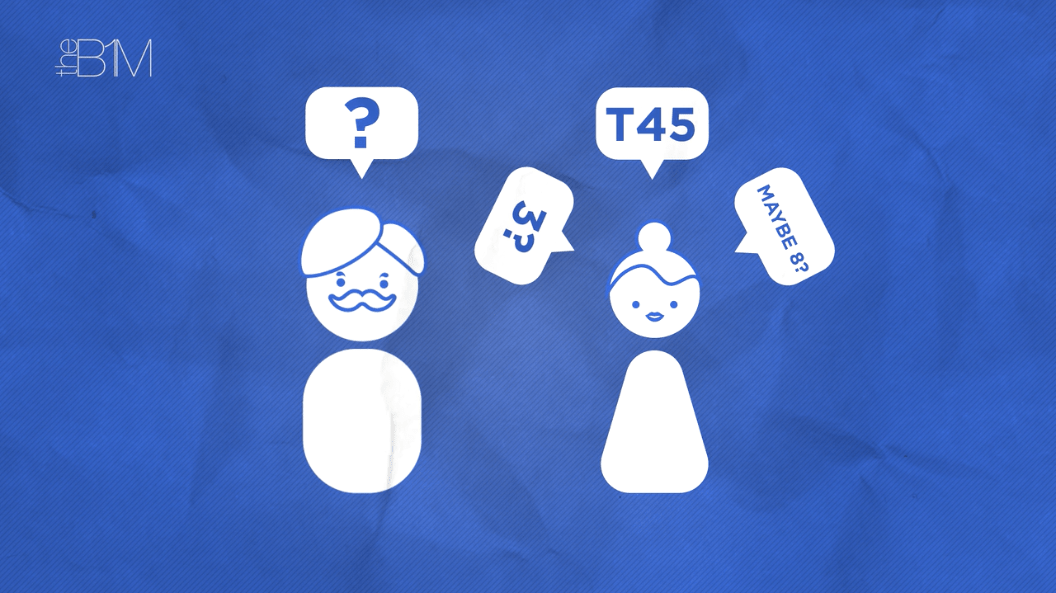Why Do It In Construction?
- Youtube Views 7,232 VIDEO VIEWS
WHEN you compare the way we work in construction to an everyday activity like planning a birthday party, you see just how mad some of our current practices are. You wouldn’t behave like this in real life… so why do it in construction?
Here, The B1M’s Fred Mills uses the example of party planning to highlight six aspects of the construction industry that aren’t working so well at the moment, suggesting some fresh approaches that could help.
This video was created for the Digital Construction Massive Open Online Course (DC MOOC) run by the University of Westminster in association with The B1M. The course is completely free and open to anyone who would like to join, regardless of experience or geographic location. Follow all the action with #UoWDCMOOC.
COMMUNICATION
Here we see some friends discussing the idea of organising a birthday party, but all talking at once or in different strands, having slightly different conversations about the same thing.
You wouldn’t have several concurrent conversations about something you were trying to organise in real life, so why do it in construction?
People communicating through different mediums – like disjointed email threads, private phone conversations or separate meetings – makes things difficult. It’s much easier when everything is shared and recorded in one place. Tools like Slack, Trello or even WhatsApp are great for this, so long as decisions are recorded with a clear audit trail.

TRAVEL
Next we see one of the group planning to travel to all the way to New York just to attend a meeting. She is taking considerable time out of her day to do so and is likely to be tired when she arrives, limiting her effectiveness.
You wouldn’t travel half-way round the world to attend a simple, low-level meeting, so why do we travel such great distances wasting time, money and energy in construction?
"Why do we travel such great distances wasting time, money and energy in construction?"
Of course there is no substitute for face-to-face, but using virtual meeting tools like Skype, Google Hangouts or even telephone conferencing for the majority of meetings can save you time and money whilst reducing the impact your travelling has on the environment.
FILING
Later, we see a member of the group searching for their friends’ birthday present list through stacks of hard copy paper. Then we see another carrying around every photo they’ve ever taken in their life, accidentally dropping some on the floor without noticing.
You wouldn’t file things like this in real life, making documents impossible to find and running the risk of losing things that are important to you. So why do it in construction?

Having information well filed in a shared space that everyone can access saves time, makes you more efficient, ensures everything is safely backed-up and means you’re all singing from the same hymn sheet. This is known as a Common Data Environment (CDE).
OBJECTIVES
Here we see each of the group being asked in turn to explain the objectives for the birthday party (as strange as that may sound). Each wants to arrange a party, but has their own vision of what success will look like that slightly differs from that of their friends.
You wouldn’t plan things with differing objectives in real life, so why do it in construction? Projects run much better when everyone has a shared common goal and is focused on the outcomes for the end user, rather than what they are trying to get out of it.
This is more important than ever as construction goes digital. To get the best from technology and from working together more closely, we all need to be aiming for the same goal at the right end of the pitch.
STANDARDS
Closer to the event, we see the friends trying to buy a dress for their friend’s birthday, but experiencing a different sizing system in every store they enter, making the task near-impossible.
"Everyone having their own standards means there’s actually no standard at all"
If everything were labelled to different standards in the real world we would never get anywhere. So why do it in construction? Everyone having their own standards means there’s actually no standard at all.

Working in a digital environment, with approaches such as building information modelling (BIM), demands much closer integration and collaboration. It means everybody sharing information in a shared online space, so the information shared needs to be consistently labelled so that others can find it.
HARD COPY INFORMATION
Finally, we see some of the group heading-off to the shops with their friends’ ‘definitive’ birthday list printed out in their hands. Separately, we see their friend thinking of new things she would like and is adding them to the list she keeps in her pocket.
People working to hard copy information that is uncontrolled just doesn’t work. So why do we do it in construction?
When we work to hard copy drawings or specifications on site, we have no idea if it is actually the latest information, or if somebody is changing aspects of it elsewhere in the team. Having a shared online space that acts as a ‘single point of truth’ for information is a much better way of managing data. If everybody has the same information we can avoid mistakes and rework saving you time and money.
"People working to hard copy information that is uncontrolled just doesn’t work. So why do it in construction?"
Do you have some examples of things we do in construction that we wouldn’t dream of doing in real life? Share them in the comments section below, using #UoWDCMOOC or on the MOOC platform itself.
We welcome you sharing our content to inspire others, but please be nice and play by our rules.








